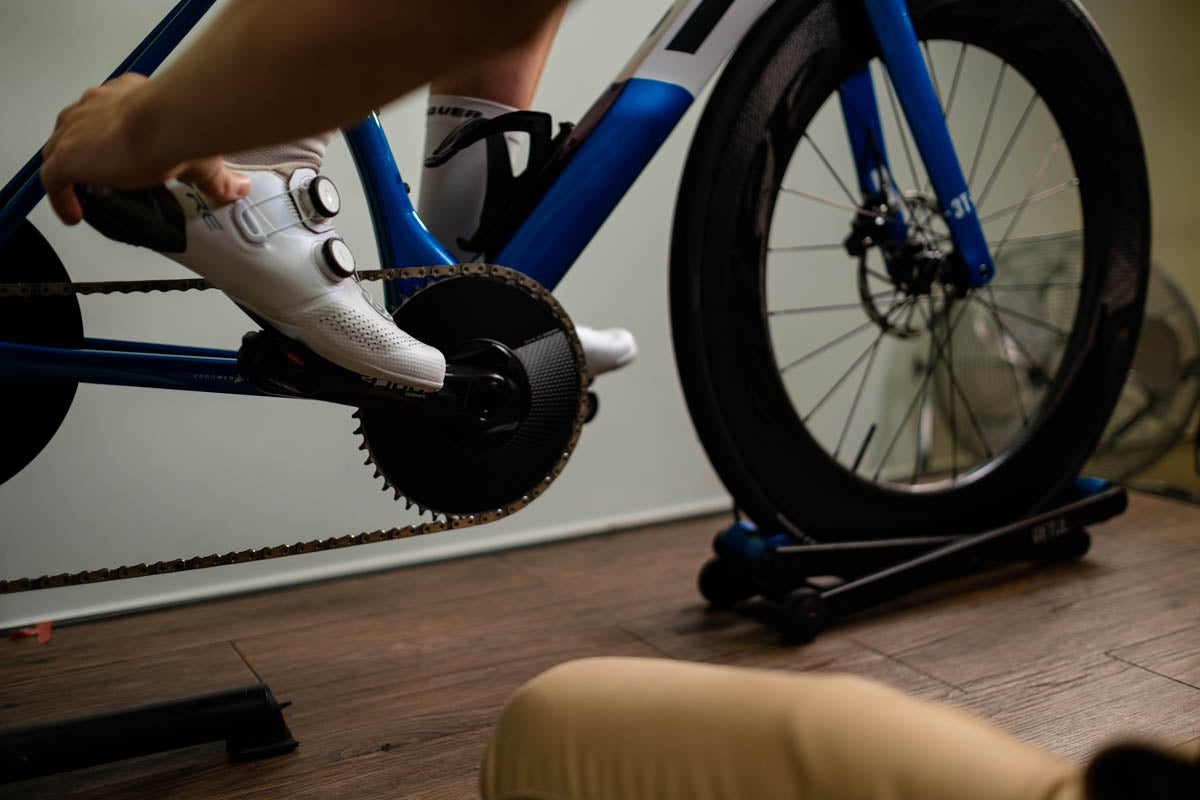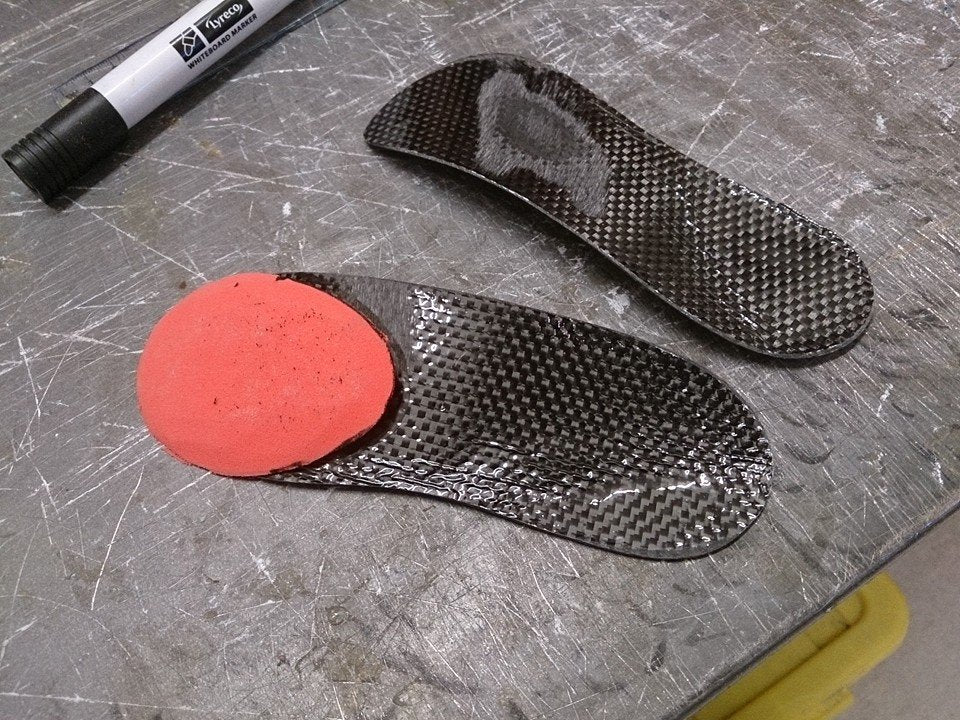They’re called many things out there online; footbeds, inserts, insoles, arch supports, orthoses, the list goes on, but all brands and types of these devices are in the same ballpark. Well, they go by the same name but vary vastly in quality and benefit for the rider.
The primary aim of the above is to replace the insoles that come as standard in your cycling shoes and improve support and comfort of the feet. Many brands claim that they will improve power transfer efficiency, pedal stroke asymmetry, alignment and the list of claims go on. The research on cycling specific insoles in a relevant context to how they will be actually used is lacking and many of these claims are debatable. As podiatrists who ride themselves and have spent years developing and improving their product, we will delve into what’s real and what’s marketing hype.
Most insoles that come as standard in your cycling shoes will be made of a lightweight foam material and are generally made to be largely unobtrusive and inoffensive to as many buyers of the shoes as possible while providing a lower density, soft barrier between your foot and the stiff sole of a cycling shoe, whether it be carbon or otherwise.
Let’s face it, this part of the shoe isn’t the most attractive feature of shoes and likely doesn’t catch the eye of many buyers out there when they’re in the market for a new pair of cycling shoes. As a result, this area is often overlooked by manufacturers and can often be a cheap necessity but provide little value to the rider or improve the shoe feel.
Now, don’t get us wrong, there are a lot of brands out there making their insoles with more thought and intent, however the nature of providing a one size fits all insole can mean that these stock insoles are more than likely not the most comfortable option for you. An aftermarket cycling orthotic can significantly increase your comfort on the bike by providing not just purely the sensation of touching on the surface of your foot but providing support from underneath and spreading pressure throughout the foot by having some actual structure within it. This sensation of connection with the shoe and the pedal interface, one of the integral contact points, can improve the rider’s experience massively.





Leave a comment
This site is protected by hCaptcha and the hCaptcha Privacy Policy and Terms of Service apply.